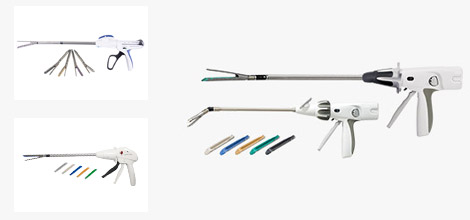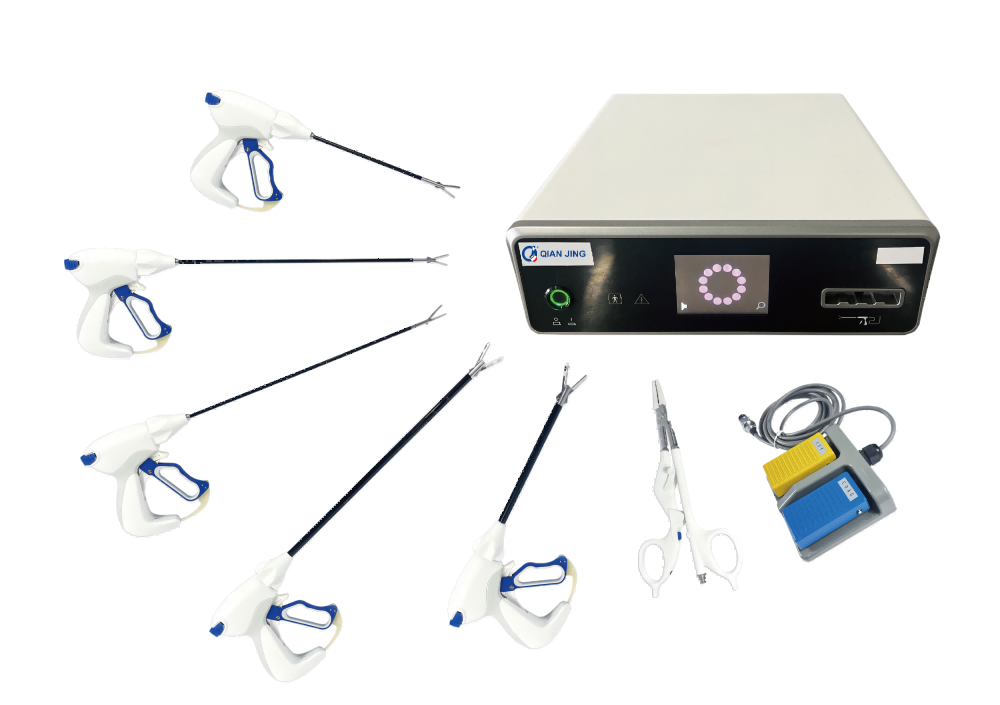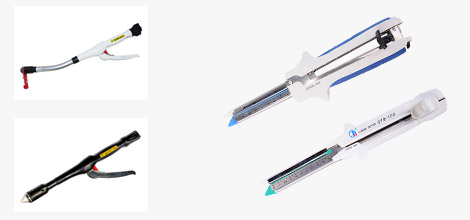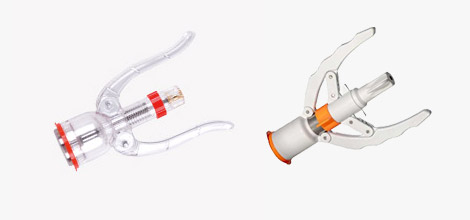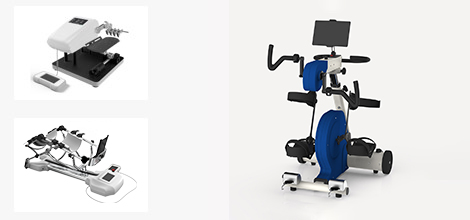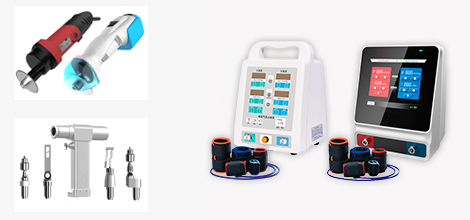Why is a Sugical Stapling used in colorectal cancer surgery?
With the advancement of medical technology, doctors today use many modern tools to facilitate surgery on patients, and the Sugical Stapling is one of them. This article will examine why surgical anastomoses are used in colorectal cancer surgery.
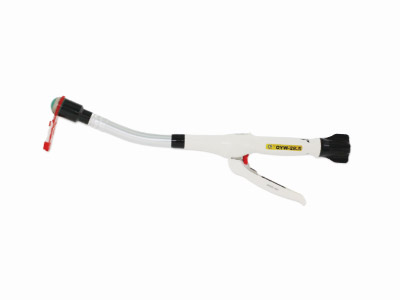
1. What is a Sugical Stapling?
A Sugical Stapling is a device used in medicine as an alternative to traditional manual suturing. The principle of anastomosis is similar to that of a stapler in that many small titanium staples are arranged in 2 circles (or two rows) at certain intervals on a specially designed instrument. The two legs of the staples are closed after excitation, thus connecting the two segments of the intestine. In comparison, there is a small blade between the two circles of titanium staples, which can cut the mucosa between the two circles, thus completing the anastomosis.
2. What are the types of surgical anastomoses?
(1) According to whether it can be used repeatedly is divided into single-use Sugical Stapling and reusable Sugical Stapling.
(2) According to the origin is divided into imported and domestic Sugical Stapling.
(3) The shape is divided into curved round Sugical Stapling, straight round Sugical Stapling, and linear closures.
(4) According to the design, the purpose can be divided into anastomosis, closures, cutting closures, and linear lateral closures.
(5) According to whether with cutting function is divided into Closure and cutting closure.
(6) According to the applicable place is divided into Sugical Stapling (or closure) for open surgery and Sugical Stapling (or closure) for laparoscopic surgery.
3. Surgery for low rectal cancer using dual Sugical Stapling technique.
(1) Free the sigmoid mesentery, ligate and cut off the root of the submesenteric vessels, and free down along the anterior sacral space behind the rectum, then free the anterior wall and the lateral rectal ligament along the intrinsic rectal fascia, and continue to separate below until the level of the pelvic floor muscle. A right-angle clamp was placed 2 cm below the tumor to close the intestinal canal.
(2) After flushing the rectal cavity through the anus, the rectum is separated 2 cm below the tumor. The mesentery of the sigmoid colon is freed in the middle part of the sigmoid colon, and then the sigmoid colon is dissected. The specimen is removed.
(3) A Sugical Stapling is placed through the anus. A purse-string suture is made at the severed end of the sigmoid colon. The surgical anastomotic clutch is placed against the staple holder, tightening the purse string and securing the surgical anastomotic clutch in place.
(4) Connect the Sugical Stapling and the staple holder, tighten the knob, observe the indication mark to the designated position, turn on the safety switch, excite the Sugical Stapling, and complete the anastomosis.
(5) Exit the Sugical Stapling. Reinforce the anastomosis with interrupted sutures of the silk pulp muscle layer.
4. PPH surgery.
(1) After anesthesia, fully dilate the anus with a specially designed anal dilator.
(2) Make a loop of purse-string suture on the dentate line 2-4 cm.
(3) Place the Sugical Stapling for PPH and tighten the purse string.
(4) Excite the Sugical Stapling and remove a loop of the rectal mucosa, thus lifting hemorrhoid into the rectum.
5. What are the advantages of using anastomosis?
(1) The suture is quick and easy to operate, which shortens the operation time and facilitates the patient's recovery after surgery.
(2) The suture is sure and precise, which reduces the incidence of surgical complications.
(3) The material of the anastomotic staple of the Sugical Stapling is titanium alloy, which is more histocompatible than silk thread, with a light foreign body reaction and a lower incidence of anastomotic leakage than manual suturing.
(4) Sugical Stapling reduces the difficulty of surgery, making it possible to perform surgeries that were difficult in the past, such as resection anastomosis of ultra-low rectal cancer.
These are the reasons why Sugical Stapling is used in colorectal cancer surgery. If you need more detailed information, please feel free to contact us!



 info@qjmed.com
info@qjmed.com